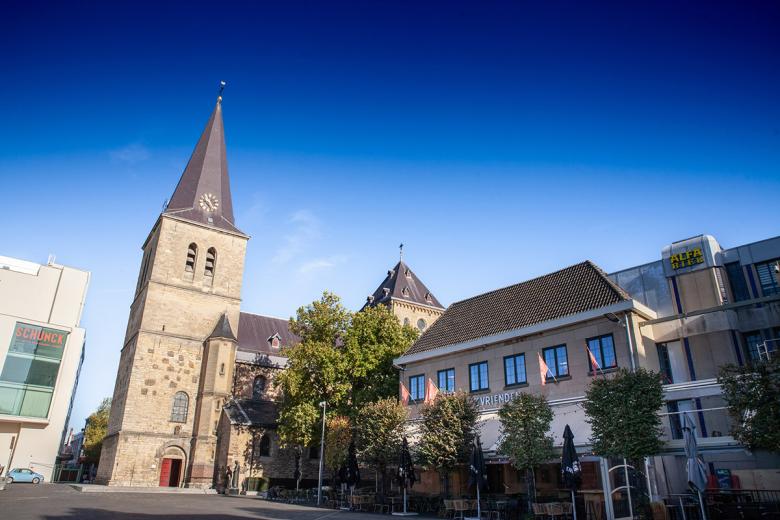Aggression, a last resort in rising sea levels
In nature, large-scale aggression is rare, but it can take hold when space and food become scarce. Researchers from the University of Amsterdam, Maastricht University, and their international colleagues show how this can happen.
On the island of Rodrigues in the Indian Ocean once lived the Solitaire, a highly aggressive giant pigeon that went extinct in the eighteenth century. The birds were equipped with bony protrusions on their wing skeletons, which they used to fight each other in defence of their territory. The researchers refer to these protrusions as “boxing balls.” Excavations on Rodrigues reveal the damage a blow from such a “boxing ball” could cause, with broken bones being fairly common.
Aggression
On Rodrigues, all Solitaires—both male and female—were found to be aggressive and armed, unlike their closest relative, the peaceful Dodo on the nearby island of Mauritius. The Solitaire’s aggression puzzled researchers for a long time. In nature, large-scale aggression is generally a poor strategy. Fighting consumes energy and can lead to injuries or death. Usually, aggression is confined to a few individuals within a group, such as rutting stags. Aggressive behaviour also often serves to deter others, in an attempt to avoid actual fights.

Sea Level
Interdisciplinary research by palaeontologists, evolutionary biologists, and geologists shows that the land surface on Rodrigues varies greatly. During ice ages, it expands, but afterwards, as melting ice raises sea levels, the land area shrinks rapidly, by as much as 90%. The Solitaire population became constrained. The most aggressive birds retained their territory and gained dominance. They passed their genetically determined aggression to their offspring, and eventually, all the birds became aggressive. Since this phenomenon repeated after each ice age, the population remained aggressive.
Humans
The research yielded another striking finding. The scientists can mathematically demonstrate that there is a critical threshold; if this is exceeded, aggression becomes an irreversible dominant trait in that population. They speculate that a similar phenomenon might occur in other species, perhaps even in humans.
Read the full article in iScience:

Also read
-
Municipality of Heerlen, Parkstad Urban Region and UM invest 6 million in collaboration
Heerlen grants a one-time contribution of €1,478,050 to Maastricht University as part of the Regio Deal application ‘Fundament onder UM-onderwijs in Heerlen’. This amount comes from the Fonds Economische Structuurversterking (FES). The funding will help establish university education facilities in...

-
To Pluto in one day - Secondary school students present their research at UM
What happens when secondary school students get university-level supervision for their profielwerkstuk? At Maastricht University, students presented their impressive results. Curious how it works? Read the full story!

-
How I rely on my university-taught writing skills, now that I use ChatGPT as my daily assistant at work: perspective of a recent graduate
How does a recent graduate transition from using AI tools with caution at university to embracing them at work? In this article, Helen Frielingsdorf shares her experience of adapting to AI, particularly ChatGPT, in her professional life. She reflects on how the writing skills she developed at...
